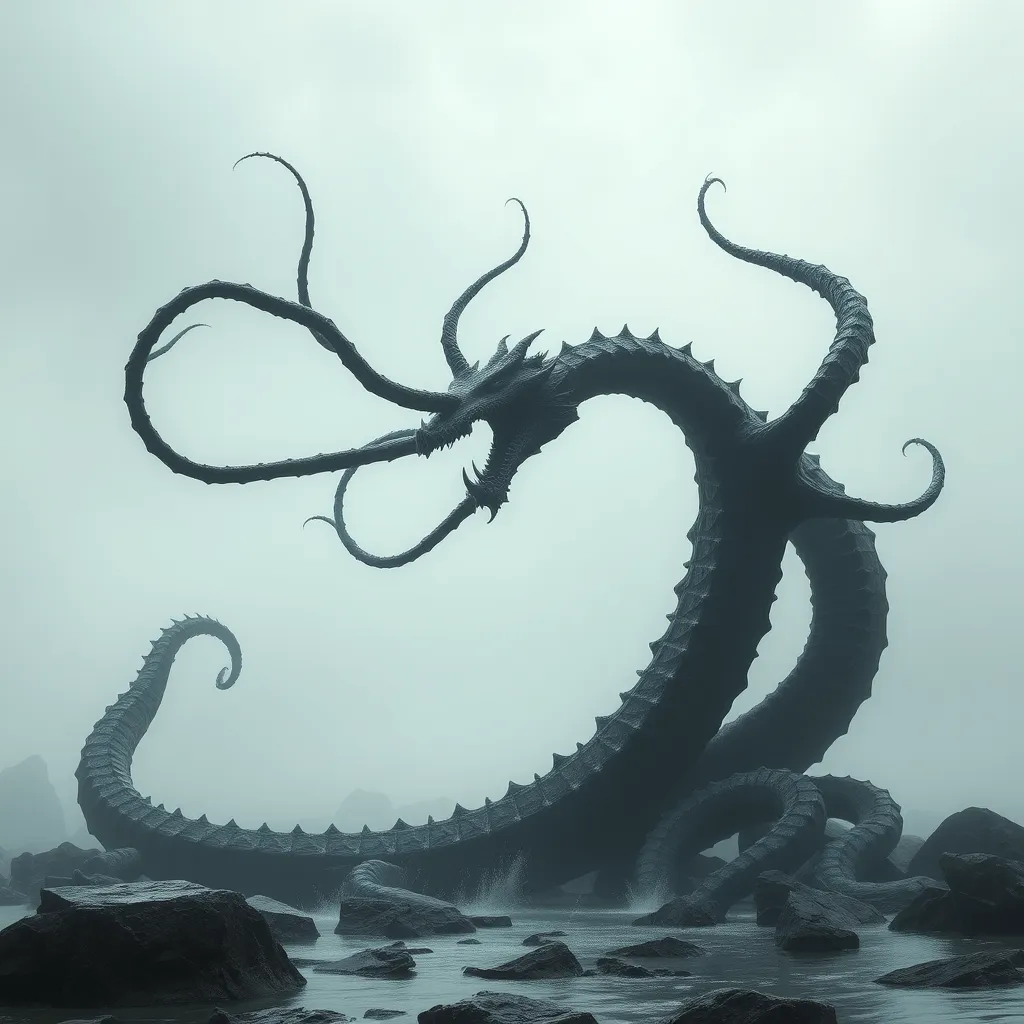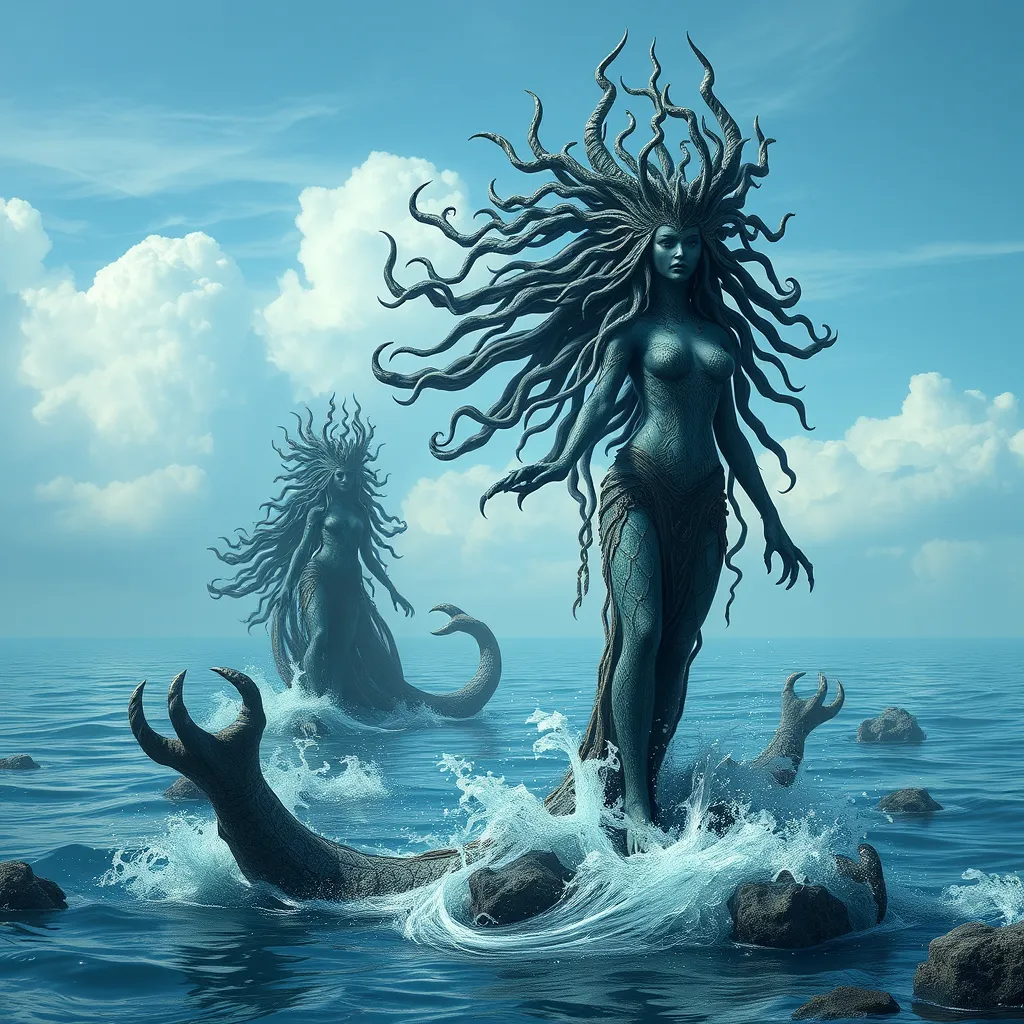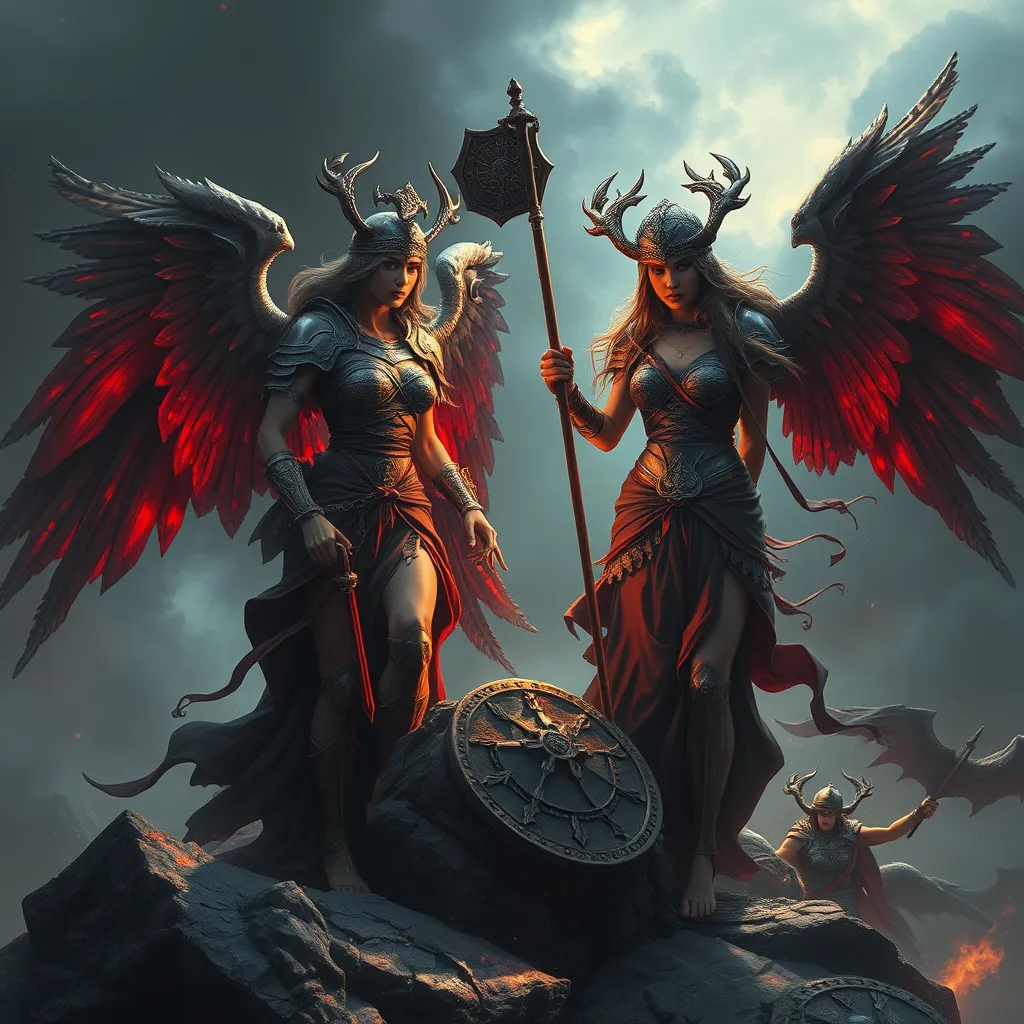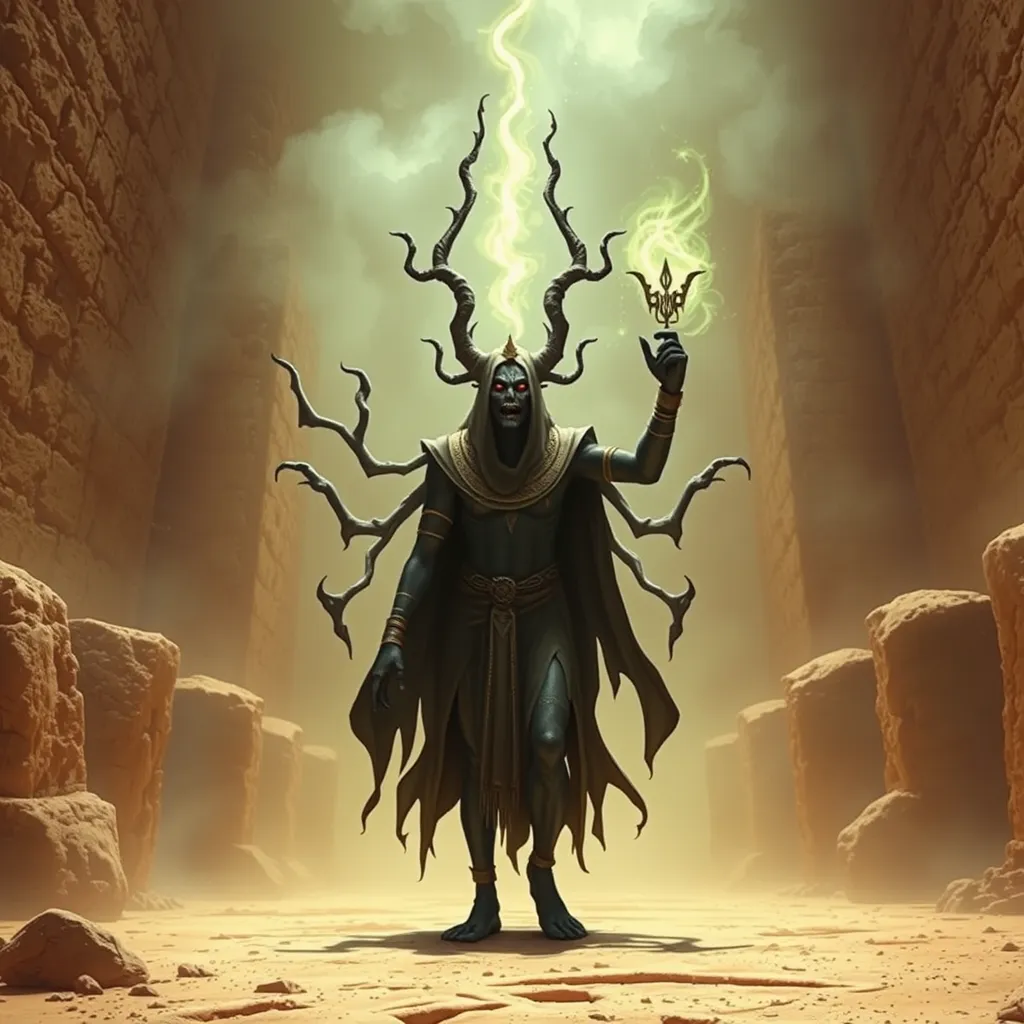Hydra as a Symbol of Fear: Examining the Monster’s Ability to Instill Terror
I. Introduction
The Hydra, a creature from Greek mythology, is often depicted as a fearsome multi-headed serpent that has captured the imagination of many throughout the ages. Its terrifying image, combined with its formidable abilities, has made it a lasting symbol of fear. This article aims to explore the Hydra’s representation as a symbol of fear, delving into its mythological origins, its anatomical implications, and its relevance in contemporary culture and psychology.
II. The Mythological Origins of the Hydra
The Hydra is primarily known through the myth of Hercules and the Twelve Labors, where Hercules is tasked with slaying the creature as his second labor. According to mythology, the Hydra resided in the swamps of Lerna and had the ability to regenerate two heads for each one that was cut off. This regenerative power made the Hydra an embodiment of an insurmountable challenge, symbolizing the struggle against seemingly unending obstacles.
The Hydra’s cultural significance in ancient societies cannot be overstated. It represented not only a formidable enemy but also the fears and anxieties of the people who told its tale. The creature’s existence in myth served as a way to explain natural phenomena and human fears, thus cementing its place in the collective consciousness of the time.
III. The Anatomy of Fear: What the Hydra Represents
The physical characteristics of the Hydra—its many heads, venomous breath, and enormous size—are striking and terrifying. Each head represents a different aspect of fear, creating a complex tapestry of terror that is difficult to confront.
- Multi-headed monsters: The Hydra’s multiple heads symbolize the idea that fear can manifest in various forms, each one presenting a unique challenge.
- Fear of the unknown: The Hydra embodies the fear of the monstrous and the unfamiliar, representing the chaos and danger that lurks beyond the known world.
IV. The Hydra’s Regenerative Abilities and Their Psychological Implications
One of the most fascinating aspects of the Hydra myth is its regenerative ability. When Hercules severed one of its heads, two more would grow back in its place. This characteristic can be seen as a metaphor for the resilience of fear; no matter how many times we confront or attempt to eliminate our fears, new ones often emerge in their place.
- Fear of resilience: The Hydra serves as a reminder that challenges can be persistent and multifaceted, mirroring the struggles individuals face in their personal lives.
- Metaphorical interpretations: In contemporary contexts, the Hydra can represent various ongoing societal issues, such as addiction, anxiety, and trauma, which seem to regenerate and persist despite attempts to overcome them.
V. The Hydra in Literature and Popular Culture
The Hydra has found its way into various forms of classic literature. From ancient texts to modern novels, it often serves as a powerful symbol of fear and the unknown. In works like The Labors of Hercules, the Hydra is not just a monster to be defeated but a representation of the internal struggles faced by heroes.
In modern adaptations, the Hydra continues to thrive. Movies, television shows, and video games frequently draw upon this mythological creature, reinterpreting its attributes for new audiences. The creature’s enduring legacy lies in its ability to resonate with contemporary fears, making it a popular figure in horror and fantasy genres.
VI. The Hydra as a Metaphor for Modern Fears
Today, the Hydra can be viewed as a metaphor for various contemporary societal fears. The creature reflects the complexities of modern life, where issues like war, disease, and environmental crises seem to multiply and regenerate, much like the Hydra itself.
- Systemic issues: The Hydra embodies systemic problems that are often difficult to tackle, representing the multitude of challenges society faces.
- Confronting fears: In confronting the Hydra, individuals are called to face their personal and collective fears, a necessary step for growth and healing.
VII. Psychological Perspectives on Monsters and Fear
From a psychological standpoint, monsters like the Hydra offer insight into our fears and phobias. Theories surrounding fear suggest that mythical creatures serve as representations of our inner demons, allowing us to explore our anxieties in a safe context.
- Therapeutic value: Engaging with the narrative of the Hydra can act as a form of exposure therapy, helping individuals confront their fears through the lens of mythology.
- Case study: The Hydra serves as a case study in fear management, demonstrating how confronting and understanding our fears can lead to personal growth.
VIII. Conclusion
In conclusion, the Hydra is a powerful symbol of fear that continues to resonate throughout history and into modern times. Its mythological roots and transformative qualities provide valuable insights into the nature of fear and the human experience. By examining the Hydra, we gain a deeper understanding of the complexities of fear, allowing us to embrace it and learn from its lessons.
Ultimately, the Hydra teaches us that while fear can be a formidable adversary, it also presents opportunities for growth, resilience, and the triumph of the human spirit.



